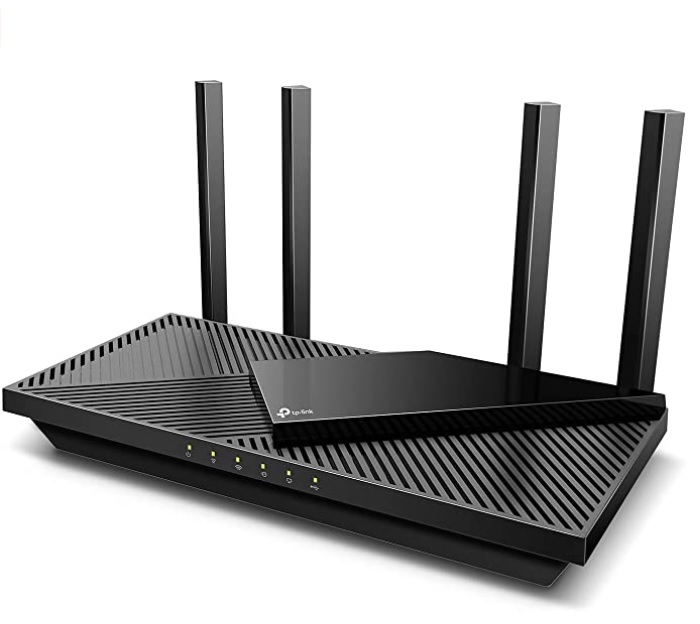It is sometimes hard to business owners to realize that their technology components have a lifespan. Sometimes these tools will wear out before they become obsolete. Given the variables, it is not possible to determine when and if a piece of equipment will fail, but for some components, there are warning signs that failure is imminent.
A leading cause of wireless router failure, for example, is that a business cut corners by purchasing a consumer-grade router, rather than commercial-grade equipment. Specifically, heat stress can destroy WiFi components. Consumer-grade hardware runs too hot and in a commercial setting, its ventilation requirements relative to air circulation will not be met. Even some commercial-grade components will experience premature failure if operated in full sun, in a dusty environment, or in a setting where there is continuous vibration.
How to Avoid Router Failure
Troubleshooting WiFi components, for example, is relatively easy to perform. If your network has experienced outages due to an overheated router, reset the router and modem. If the issue returns after a few hours run-time, then your router is either inadequate for the network it now serves, or it is near the end of its working lifetime.
Over the course of troubleshooting WiFi components, you may have discovered how-to instructions that are in fact, not much more than band-aid fixes. The wireless professionals at GNS Wireless recommend that you do not waste time trying to prolong the service life of your router. Your network cannot afford downtime, so at the first sign of issues with your router, contact our team to help determine the best replacement for your network and your business. We’re here to help at (877) 209-5152.

